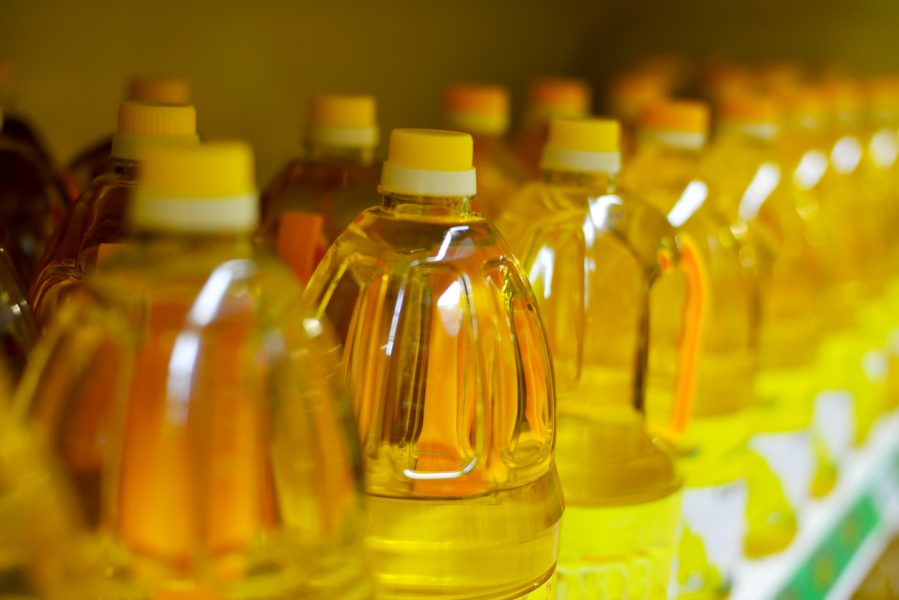
For millions of Indian households, the hike in basic customs duty on crude palm oil and refined palm oil has meant paying more for essentials like cooking oil, soap and processed foods. File photo
Edible oil prices in India likely to drop as Indonesia lifts ban on palm oil export
Indonesia meets about half of palm oil requirement of India, which uses it to blend with other oils

Under pressure from rising food inflation in the domestic market, India is heaving a sigh of relief as Indonesia, the world’s biggest supplier of palm oil, has said it will lift a ban on exports starting Monday (May 23).
Russia and Ukraine are the world’s top suppliers of sunflower oil. Ever since the war started, the prices of sunflower oil have risen exponentially, impacting the Indian markets as well.
Palm oil, which is comparatively cheaper, is used to mix with other oils. Indonesia (meets India’s 45% palm oil need) and Malaysia (55%) are the foremost suppliers of palm oil to India, which buys 13-13.5 million tonne of edible oils annually, of which about 8million tonnes (around 63 per cent) is palm oil.
Indonesia, like many other countries, resorted to protectionist policies by banning export and control prices in its own markets. Indonesian President Joko Widodo said his government took the decision to restart exports mainly in favour of 1.7 crore people associated with the palm oil industry.
“Average price of (bulk) cooking oil before the export ban in April was 19,800 rupiah per litre and after the ban the average price dropped to around 17,200 to 17,600 rupiah per litre,” the President said in a video message released on Indonesia’s state television.
Also listen: Podcast: Why Indonesia’s palm oil export ban is not likely to last long
Indonesia imposed ban on palm oil exports on April 28, which was considered one of the biggest protectionist move since Russia invaded Ukraine on February 24. The decision only added fire to the fuelling dibble oil prices across the globe. The decision to reverse export ban is likely to relax international prices of edible oil.
Stocks in storage
Indonesia has the capacity to store about 6 million tonnes of palm oil. By early May, it had stored stocks of 5.8 million tonnes. At the end of March, domestic stocks rose to 5.68 million tonnes, a rise from 5.05 million tonnes a month earlier, as per the Indonesia Palm Oil Association (GAPKI) data.
Indonesia only uses about 35% of its annual palm oil production at home, mostly for food and fuel.
Palm oil producers in Indonesia launched protests at Jakarta and other places, pressurising the government to restart exports when the prices for palm oil fruits dropped significantly.
Palm oil is a multi-utility oil used in everything from food to soap and fuel.

